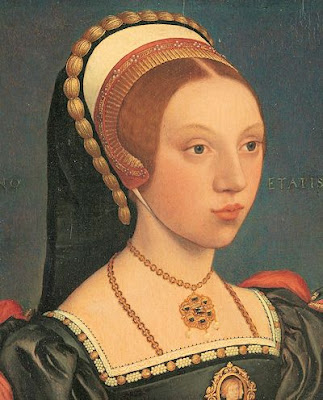For Wednesday: Daniel, “To Delia Sonnets” (33-36); Fletcher, “To Licia Sonnets” (66-68), Fulke Greville, “Caelica Sonnets” (80-83)
Sonnet: “A
lyric poem consisting of a single stanza of fourteen iambic pentameter lines
linked by an intricate rhyme scheme. There are two major patters of rhyme in
the English sonnet:
- The Italian or Petrachian sonnet falls into two main
parts: an octave (eight lines) rhyming abbaabba followed by a sestet (six
lines) rhyming cdecde or some variant…
- The Earl of Surrey and other English experimenters in
the sixteenth century also developed a stanza form called the English
sonnet, or else the Shakespearean sonnet, after the greatest practitioner.
The sonnet falls into three quatrains and a concluding couplet: abab dede
efef gg."
--from M.H. Abrams, A Glossary of Literary Terms (1993).
NOTE: No
questions for these Sonnets, since I want to do some writing in class on one or
more of them. Just read them carefully and consider what a Sonnet sequence
does: how does each one advance the story of a relationship—either from afar or
from very close up—in these works. What conventions do these Sonnet use? What
imagery? How do they conform to—or strive against—the Renaissance ideal? And
most importantly, why do you think Sonnets were so popular in Elizabethan
England? What did they allow their writers do say or do?




.jpg)
No comments:
Post a Comment